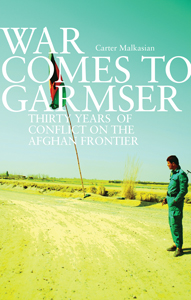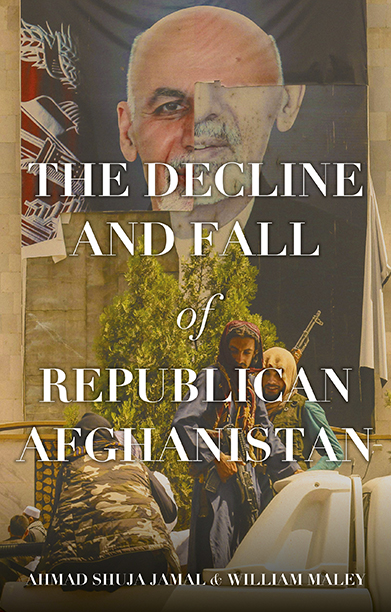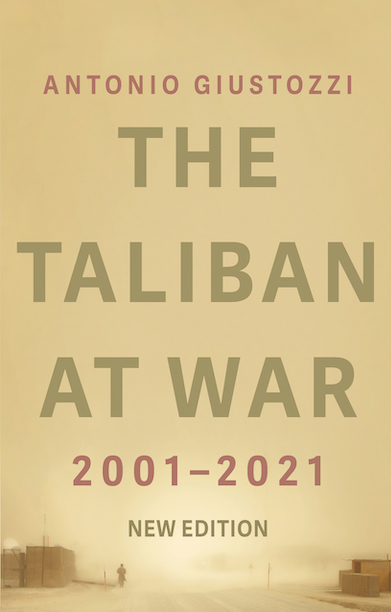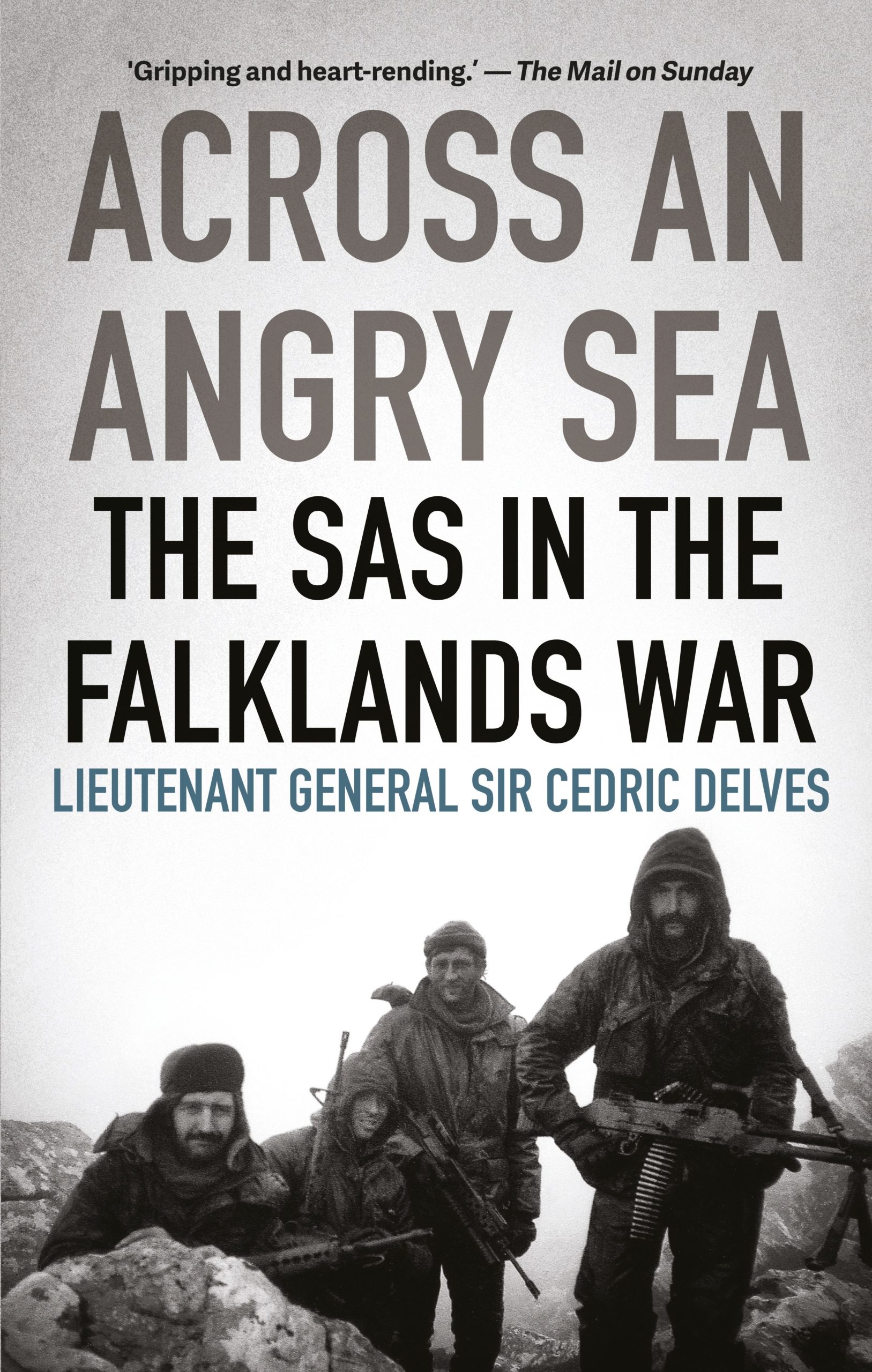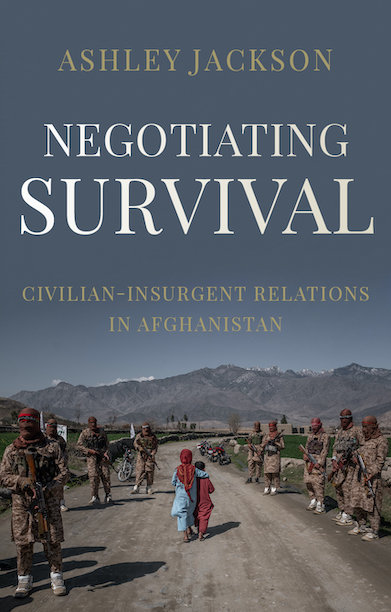War Comes to Garmser
Thirty Years of Conflict on the Afghan Frontier
A micro-history of one small district in Afghanistan and the vicissitudes of its people in America’s longest foreign war.
Description
War in Afghanistan will never be understood without getting to grips with the small places – the provinces, districts, and villages – where most of the fighting occurred, away from the cities, in hundreds of hamlets, valleys, and farms amid a vast landscape. Those small places and their people were the frontlines, and it is only there that we can truly find answers to the questions that lay at the heart of the war: why people supported the Taliban, whether intervention brought peace, whether a better outcome was ever possible. Garmser is a small place that has seen much violence; a single district within one of Afghanistan’s 34 provinces. Its 150,000 people inhabit a fertile strip along the Helmand River no more than 6 miles wide and 45 miles long. Carter Malkasian spent years in Garmser district as the political officer for the US Department of State. He tells the history of thirty years of war, from 1979 to 2012, explaining how the Taliban movement formed in Garmser; how, after being routed in 2001, they re- turned stronger than ever in 2006; and how Afghans, British, and Americans fought with them between 2006 and 2012. He describes the lives of Afghans who endured and tried to build some kind of order out of war. While Americans and British came and went, they carried on, year after year, inhabitants of a small place.
Reviews
‘Malkasian’s account is not just one more book about Afghanistan, but a moving human story that stands alone as a classic of its genre as much as it explains in microcosm the political and cultural story of the conflict since 1978. … Hands down, my book of 2013.’ — Emile Simpson, Foreign Policy Books of the Year
‘Malkasian’s rich, shrewdly constructed history of the area shows how tribal elders used the United States and the Taliban as resources in their own turf battles, which often revolved around access to irrigated land.’ — Foreign Affairs Best Books of 2013 in the Middle East
‘War Comes to Garmser explores the war in Afghanistan from an explicitly provincial Afghan point of view, where foreigners (and even Kabul officials) are marginal actors rather than the centre of the story. Malkasian presents what is in effect a fifty-year oral history of a single district in volatile southern Afghanistan, illustrating the truism that all politics is local. … Even those with little interest in the politics cannot help but be drawn into the lives of the vivid characters Malkasian skilfully sketches.’ — Times Literary Supplement
‘War Comes to Garmser primarily deals with Malkasian’s experiences applying counterinsurgency doctrine in a violent, remote district in Helmand Province, and it should be required reading for anyone interested in understanding the complex nature of the tribal and village-level politics…in Afghanistan…[he] also offers an excellent history of the politics and planning of the U.S.-led war, paying particular attention to strategic failures in the war’s early years.’—Peter Tomsen, Foreign Affairs, 2014
‘Afghan officials and US commanders credit Malkasian with playing a critical role in the transformation of Garmser from one of the country’s most violent, Taliban-infested districts to a place so quiet that some Marines wish they had more chances to fire their weapons.’ –– Rajiv Chandrasekaran, Washington Post
‘… represents the kind of detailed study of Afghanistan that has been badly missing: Most people associated with the international military and development missions here come in for six-month or one-year stints. … One mark of Malkasian’s analytical mettle is that he presents, more so than any other writer I’ve read, a clear and fair picture of the Taliban and why they enjoyed so much support in the south.’ — Matthieu Aikins, New York Times
‘An important book … War Comes to Garmser is far more than a vivid account of the US campaign in one district of Afghanistan. It is also a brilliant analysis of that district’s history, economy, and anthropology, with lessons that stretch far beyond Afghanistan.’ — Anatol Lieven, The New York Review of Books
‘A first-rate account of [Malkasian’s] experiences in Afghanistan’s Helmand Province.’ — Wall Street Journal
‘The twelve years of this “Decade of War” have produced many good books on counterinsurgency. Carter Malkasian’s War Comes to Garmser: Thirty Years of Conflict on the Afghan Frontier will be ranked among the best of them. Indeed, the value of this book extends beyond the case in question. It speaks to the unchanging nature of war and the complex, changing character of war in the information age.’ —Parameters, Strategic Studies Institute, US Army
‘There have been very few books about America’s longest war, and even fewer good ones. … To this short list can now be added another great book on the Afghan war, Carter Malkasian’s War Comes to Garmser.’ –– John Nagl, Professor, US Naval War College
‘In the aftermath of the U.S. invasion of Afghanistan, Malkasian spent two years in Garmser as a State Department political officer. His rich, shrewdly constructed history of the area shows how tribal elders used the United States and the Taliban as resources in their own turf battles […] Malkasian’s gem of a concluding chapter — which analyses the opportunities the United States missed during the early years of the war and offers specific recommendations on what could and should be done now — is best appreciated after a close reading of the preceding chapters. The effort will be amply repaid.’ — John Waterbury, Foreign Affairs
‘Add Malkasian — a brave, brilliant and practical man — to the names Lawrence, Galula, Lansdale and Vann. This is the definitive work on counterinsurgency at the district level. An absorbing detective story that answers the questions, “how does the Taliban take power at the village level, and how can they be defeated?”‘ — Bing West, author of The Village and The Wrong War: Grit, Strategy and the Way Out of Afghanistan
‘Malkasian’s study is engagingly rich in detail, and its prose is straightforward, succinct and honest. Through it, practitioners and policymakers are enabled to derive deeper insights into the nature of conflict and ‘stability’, which might inform both operational praxis and future policy. Researchers will also learn from this district-level study, which presents a localised history of socio-political violence that coloursand counterbalances grander narratives on the Afghanistan conflict. Marx said that history repeats itself; first as tragedy, then as farce. If we are to learn from history, from the recent history of military intervention, then War Comes to Garmser is a rare, timely and lucidly-written historical study which will help illuminate the path ahead.’ — Small Wars and Insurgencies
‘War Comes to Garmser is a brilliantly written, minutely detailed and rigorously honest political-military history. A microcosm of the war in Afghanistan, it is evocative of opportunities missed and possibilities yet to exploit. A must-read for those who want understanding that is more than headline deep.’ — Ronald E. Neumann, former United States Ambassador to Afghanistan (2005-2007), now president of the American Academy of Diplomacy
‘In the nineteenth century Britain employed political officers on the troubled frontiers of its empire. They immersed themselves in their localities, learnt about the inhabitants and heard their stories. Carter Malkasian is an American twenty-first century political officer. Outwardly his deeply revealing book is about Afghanistan’s experience of war over three decades, but it is also a mirror on the US itself. His message is clear: deep historical and cultural understanding is at the heart of good strategy.’ — Hew Strachan, Chichele Professor of the History of War, Oxford University
‘If we are to learn from history, from the recent history of military intervention, then War Comes to Garmser is a rare, timely and lucidly-written historical study which will help illuminate the path ahead.’ — William Carter, Small Wars & Insurgencies
Author(s)
Carter Malkasian spent nearly two years in Garmser district as the political office working for the US Department of State. A Pashto speaker, he lived in a Marine outpost but spent most of his time with Afghans, often riding, eating, and sleeping with them. He has interviewed hundreds of Afghans about war, their district, and its history, including forty or so Taliban.
